Copenhagen
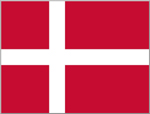
If Carlsberg did countries…

Copenhagen may be the political and economic centre of Denmark, but it’s as far east as you can go in the country before crossing the Kattegat to Sweden. One of the four Scandinavian capitals, Copenhagen started as a Viking village before becoming a powerful regional centre with its well fortified waterfront in the 1600s. In the 21st century Copenhagen is one of Europe‘s most liberal and forward thinking cities.
For being so close to Scotland, Copenhagen took me a remarkably long time to get round to visiting. We went for a four night trip from Edinburgh, also taking in Gothenburg which is less than four hours by train. It was a pleasantly warm week in August, and although it wasn’t always brilliant sunshine, the weather was a sight better than back home. The hotels were so busy that we couldn’t get the same one for both nights, so stayed in the First Hotel Vesterbro, followed by the Savoy, which did not live up to the pedigree of its name.

Nyhavn is one of Copenhagen’s picture postcard street/canals, with colourful Lego-style buildings, and boats bobbing on the water. Indeed, you can buy reproduction Lego models of some of these buildings.
Hans Christian Andersen sits outside the City Hall, gazing at the sky above Tivoli Gardens. As well as The Little Mermaid, H.C. Andersen’s most famous works include The Emperor’s New Clothes and The Ugly Duckling. He used to live at Nyhavn, in the picture above.


The Little Mermaid statue sits in Copenhagen harbour, quite some distance from the city centre but still perfectly walkable. She has been one of the most iconic sights in Denmark since her debut in 1913.
When seen from the water on an afternoon boat cruise, The Little Mermaid doesn’t appear quite so peaceful, having to pose for the relentless crowds all day long as she does.
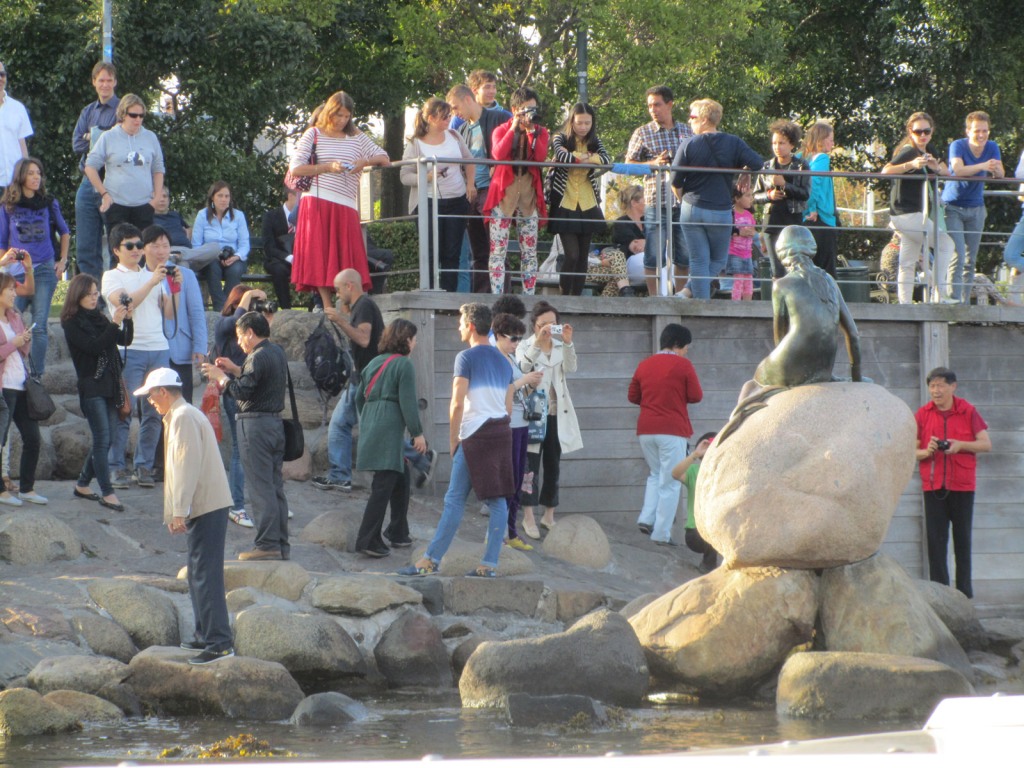

There are a number of canals crossing through the city, this is Christianshavans Kanal which we travelled down as part of our boat trip around town.

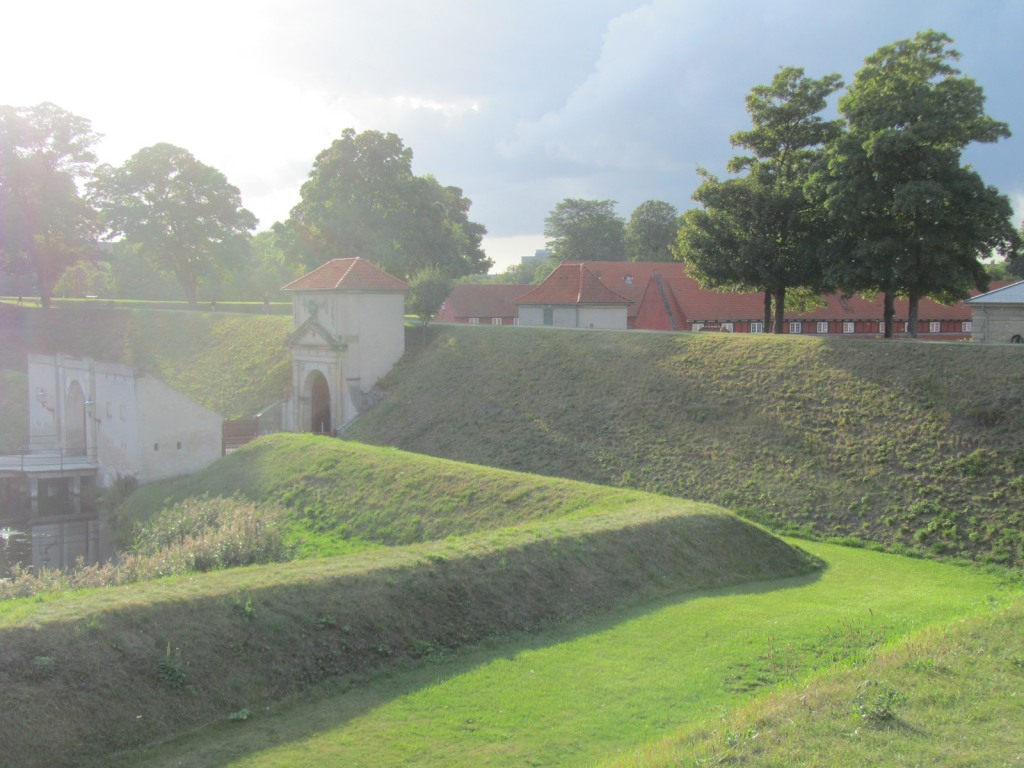
With a glance at the map of modern Copenhagen, the historical fortifications are still strongly apparent, including the star-shaped Kastellet, the old Copenhagen Citadel. Not easy to photograph from the ground, the ramparts are open to the public and were populated by runners and Segway-ers aplenty.
Next to Kastellet stands the English St Albans Church, built in exactly the style you’d expect to see in the UK. This photo is in fact a rotated reflection in the Kastellet moat, as it was so sunny and the water was mirror smooth.
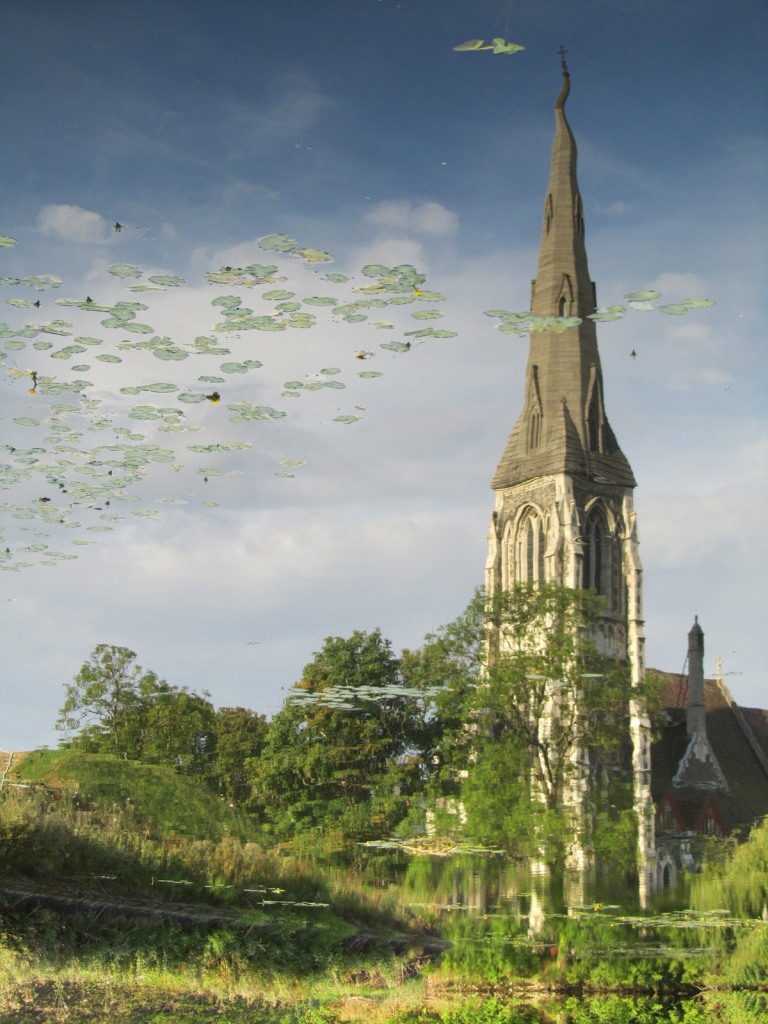

The Marble Church makes an imposing backdrop for Amalienborg, the square where the Danish royal family lives. It is formally named Frederik’s Church and was completed just before the turn of the 20th century.
The Royal Guard at Amalienborg, with furry hats and pointy guns they’re every bit as entertaining to watch on the march as the guards in Buckingham Palace. These lads look pretty young, though.
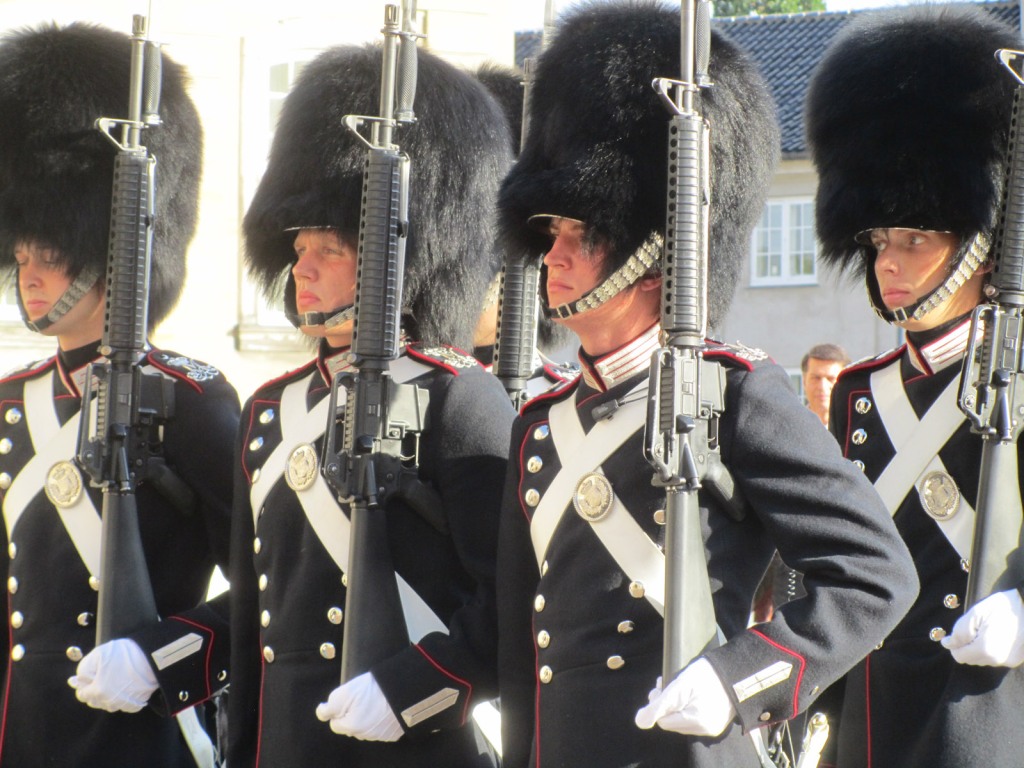
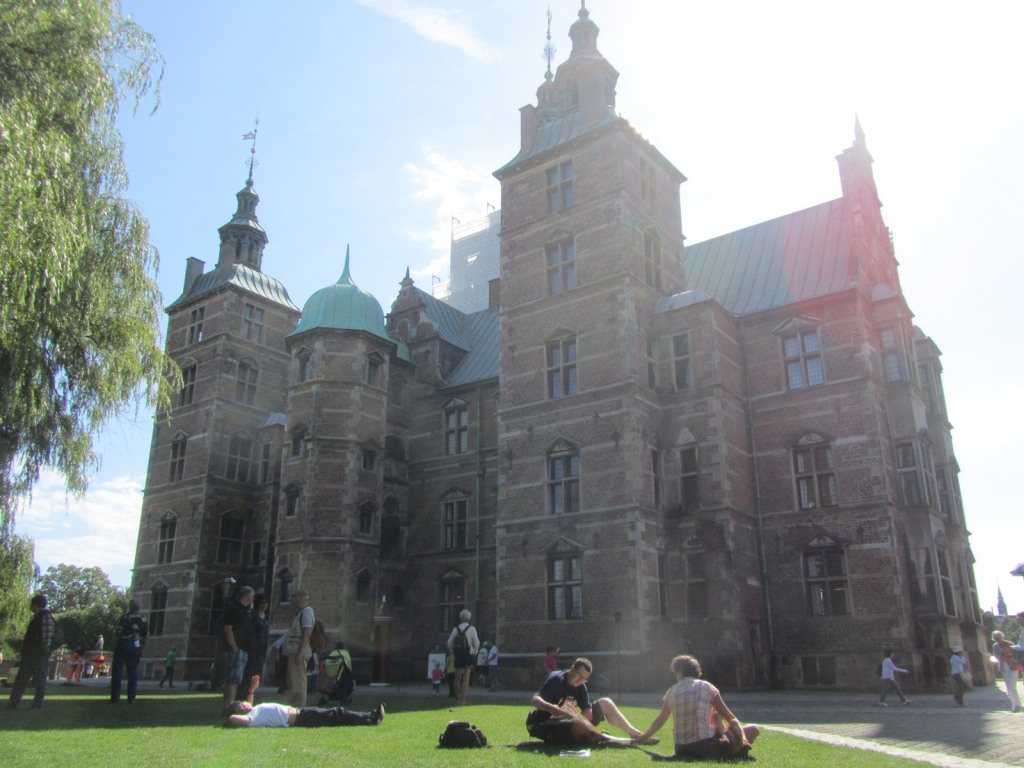
Rosenborg Slot is another of Copenhagen’s castle-like establishments, but far more of a chateau than a military building. Used on occasion as a royal residence since the 1600s, it is now open to the public.
Looking down into King’s Garden from Rosenborg Slot. This is one of Copenhagen’s many open green spaces, filled with people in the August sunshine.
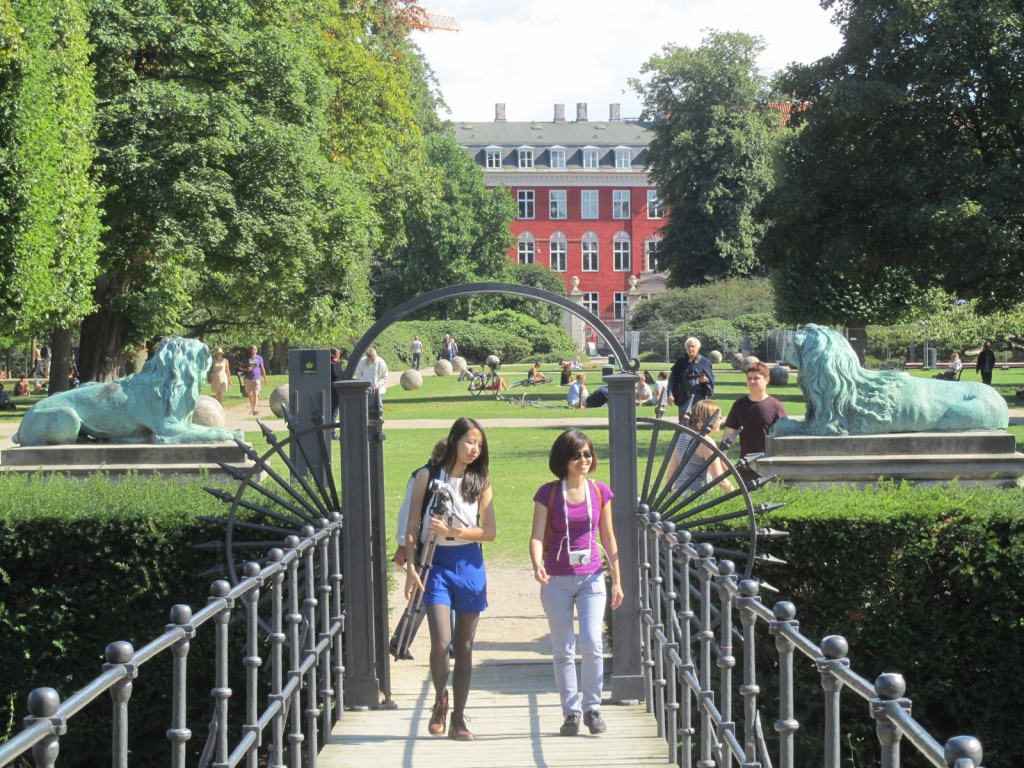
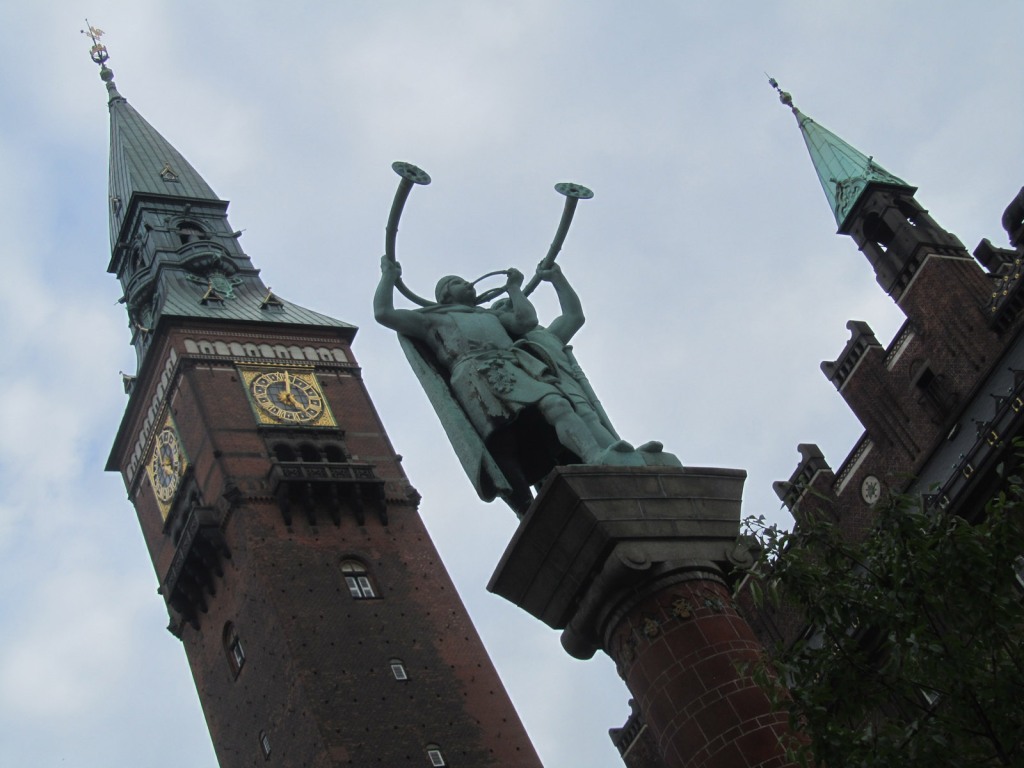
Copenhagen City Hall, complete with a strange dual trumpeting statue, The Lure Players. This building was not altogether easy to photograph in a satisfactory way, but still looks pretty.
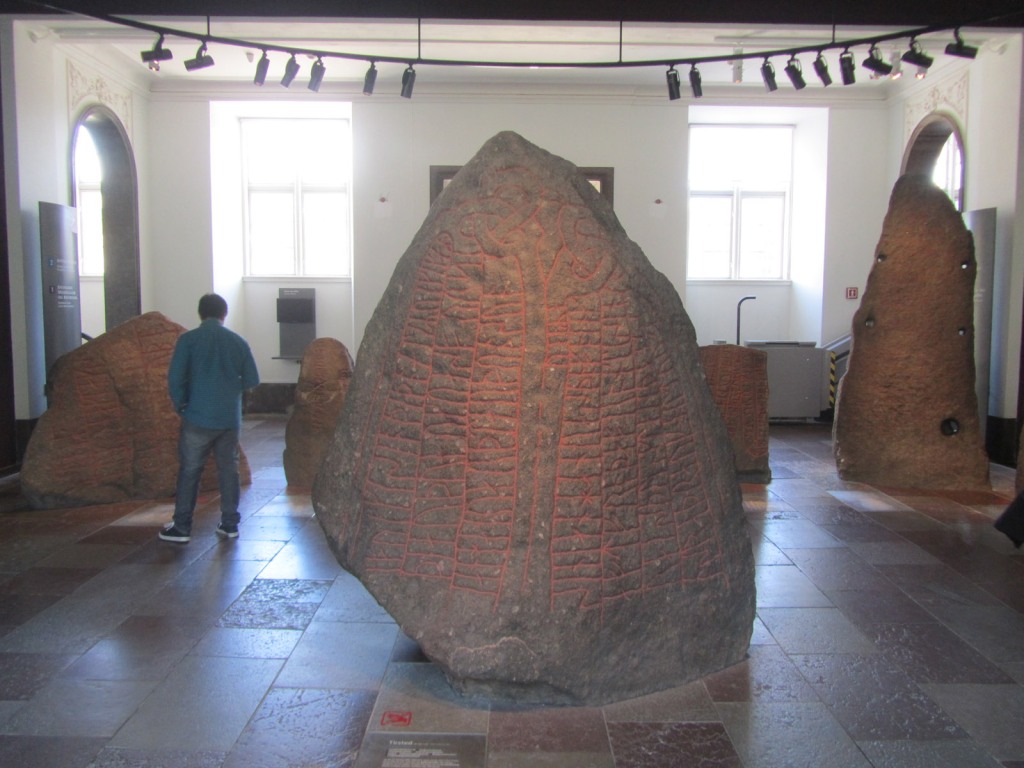

Thorvaldsen Museum on Slotsholmen is topped with an angel driving four horses, and the spire of Christiansborg Palace stands in the background.
Ny-Carlsberg Glyptotek is a museum of sculpture in the centre of town. Although at first glance you wouldn’t think it had much to do with the famous lager (if Carlsberg did museums), it was in fact built for the art collection of Carl himself, after whom the beer was named.
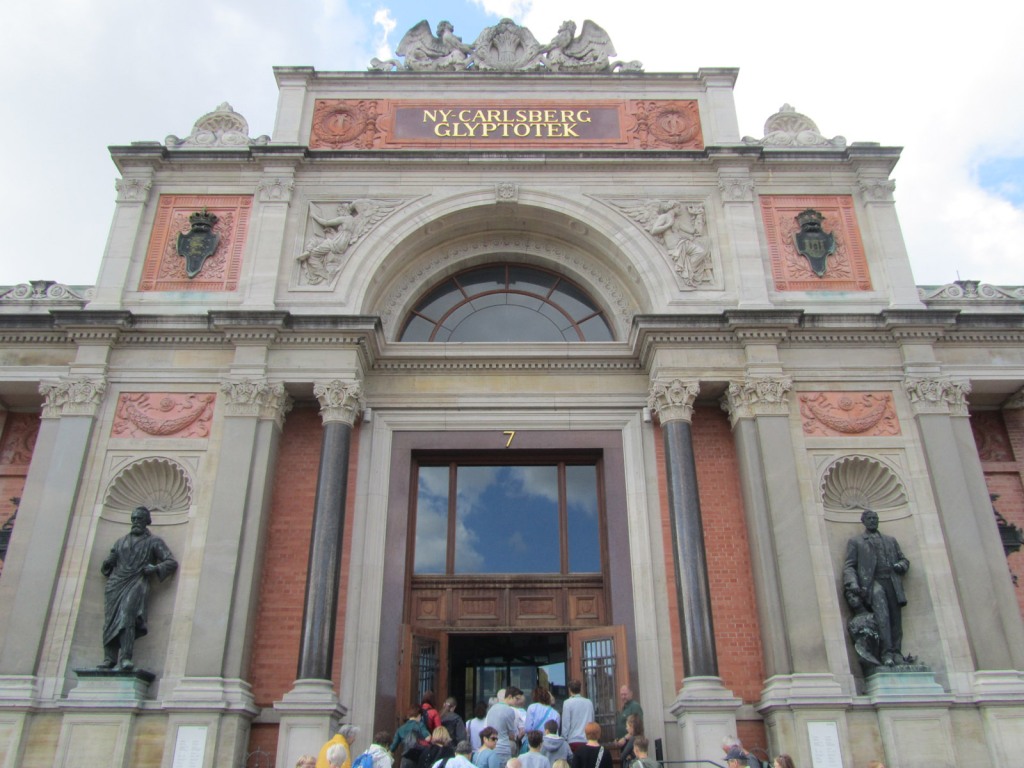

In the canal surrounding Slotsholmen is one of Copenhagen’s more hidden attractions – the Merman and his seven sons. The combination of rippling water and low angle light when I was there made it difficult to photograph any more than one or two of them at a time.
Copenhagen sports the world’s longest pedestrianised street, the two-mile Strøget which runs from the City Hall all the way to the Royal Theatre. This is Højbro Plads, seen from Amagertorv, the most central squares in the city.
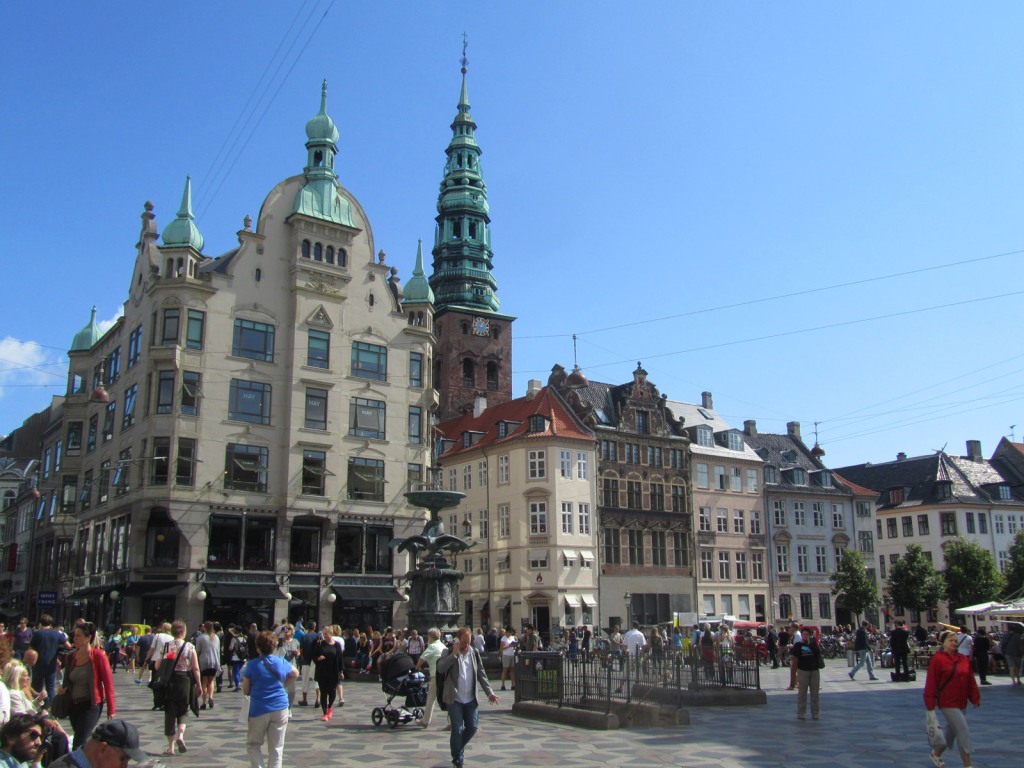
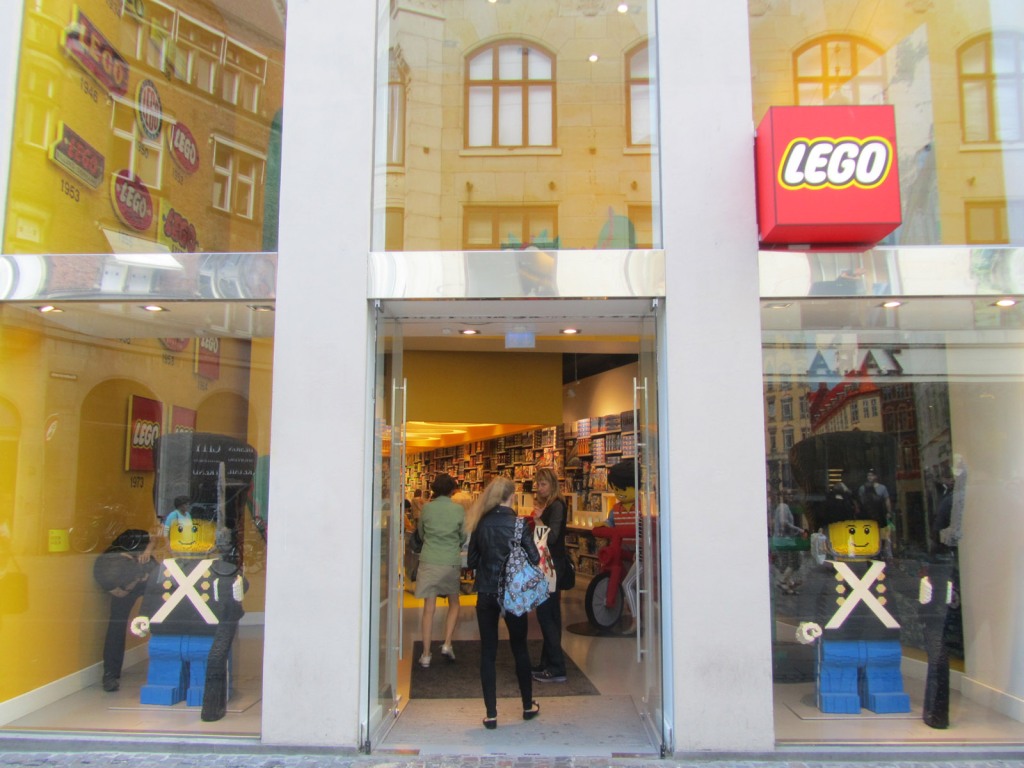
No trip to Denmark would be complete without a visit to the Lego shop. This is the main Lego store in Copenhagen, on Strøget, and was the first time I’d witnessed the famous Lego pick-n-mix!
The Round Tower, or Rundetårn in Danish, named such for obvious reasons, is part of the Trinititus Church and was built as an observatory. Climbing up the spiral ramp inside takes you to the top for great views across town.
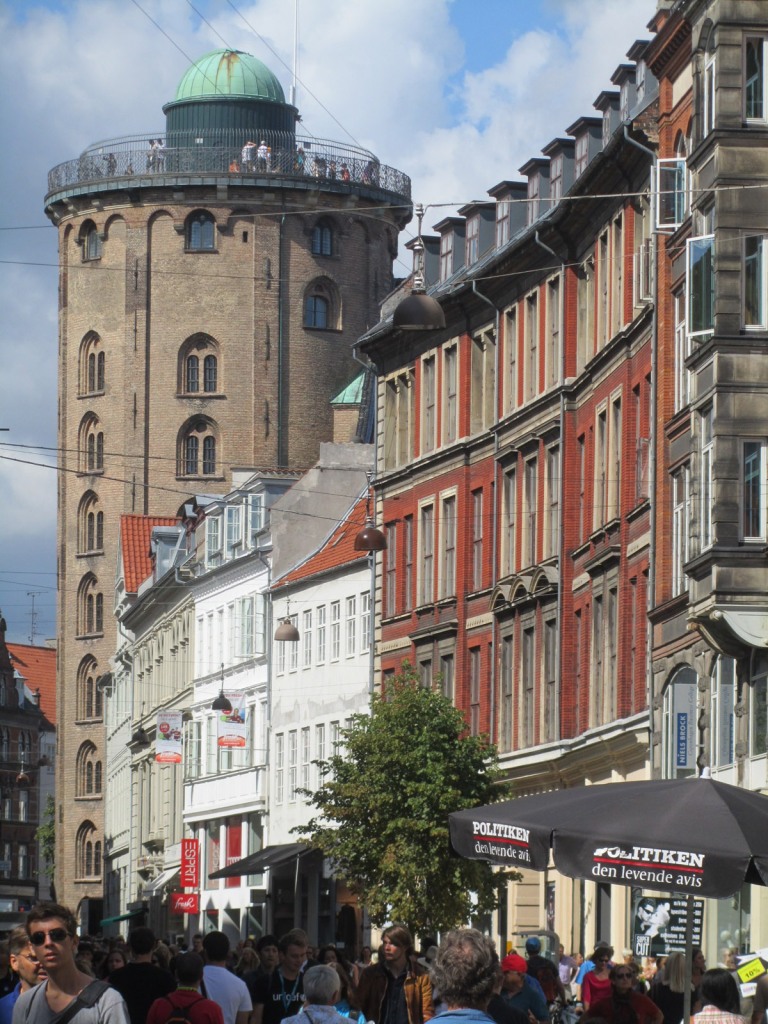
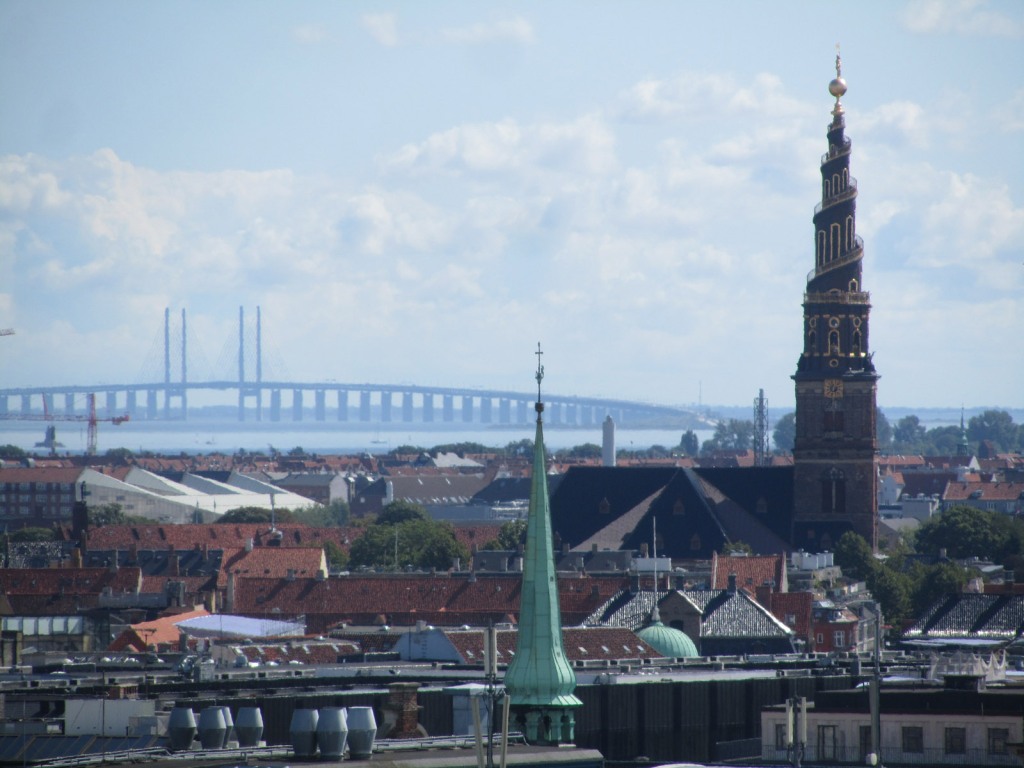
From the Round Tower you can see all the way to the Kattegat and the Øresund Bridge which crosses over to Sweden. The bridge is actually a combination bridge-tunnel, carrying road and rail traffic across the strait for nearly 5 miles, and was the focal point for popular Scandi noir drama “The Bridge”. The transition from underwater to overwater is at an artificial island. The black corkscrew tower of the Church of Our Saviour stands in the middle distance.
Tivoli Gardens is perhaps Copenhagen’s most famous attraction, and is certainly one of its most fun! It’s a complete amusement park right in the centre of town, with rides, shows and restaurants galore.
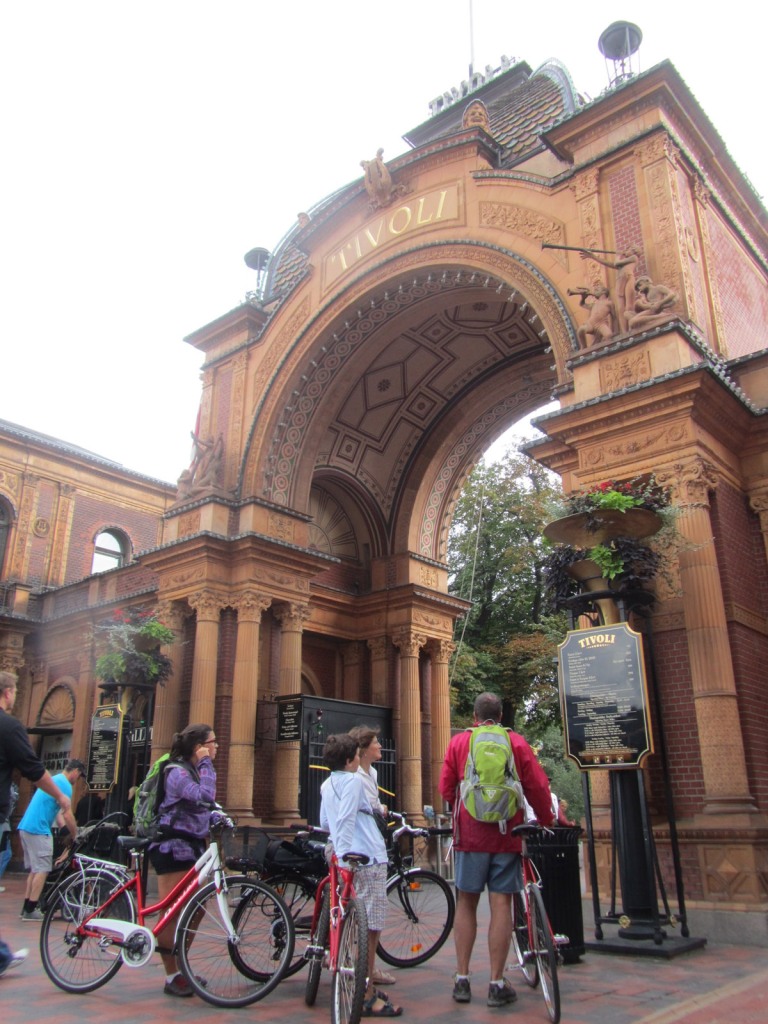
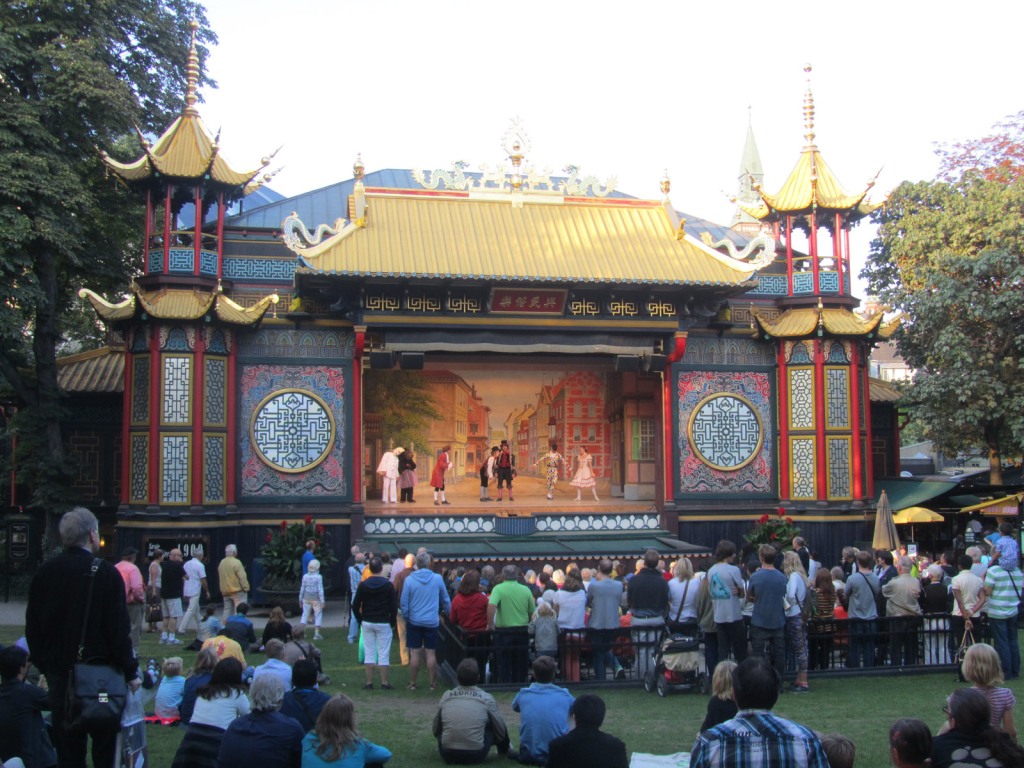
When we walked in we caught the end of a play on this Chinese style stage, the Pantomime Theatre.
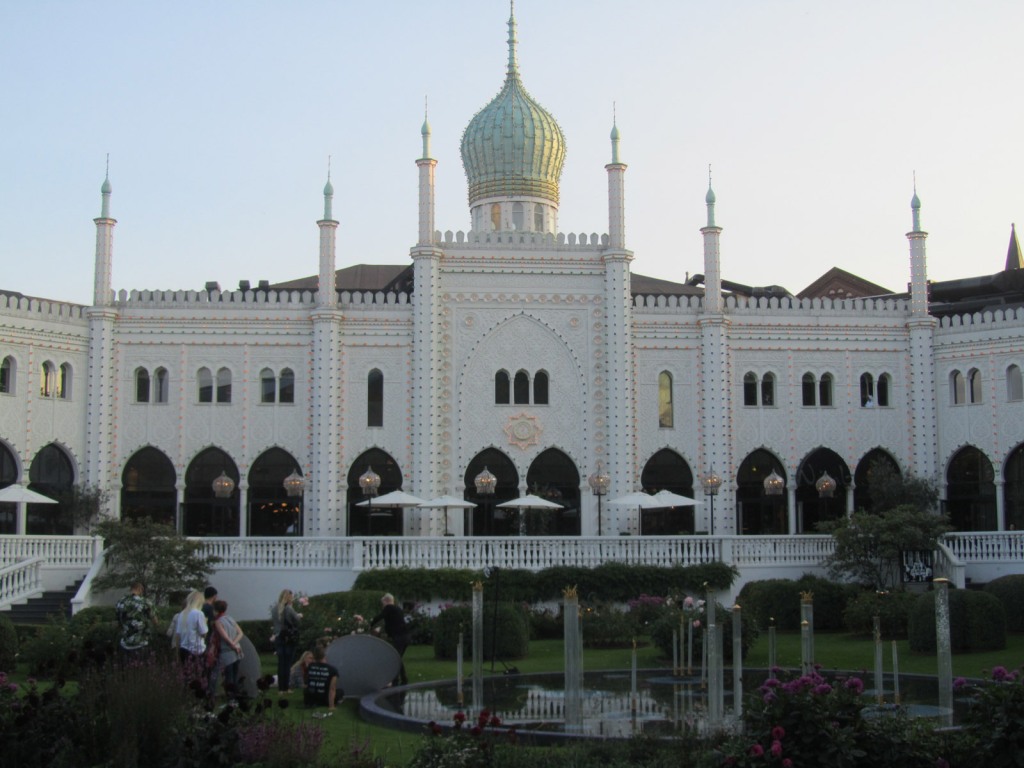
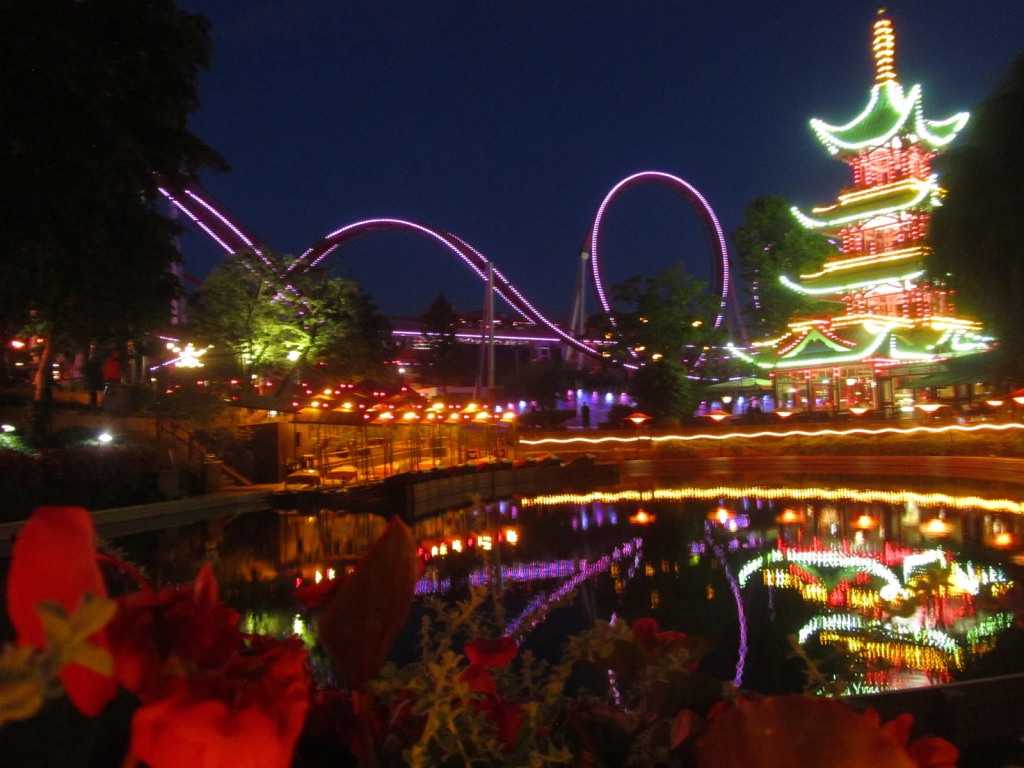
Dragon Boat Lake with a pagoda and roller-coaster illuminated in the background by night. There are five roller coasters altogether!
Created 2014 | Updated 2023
